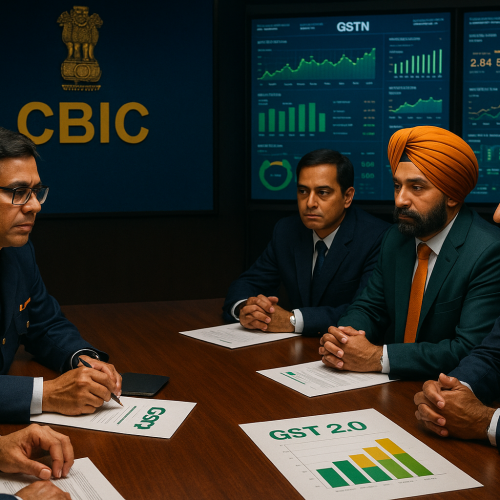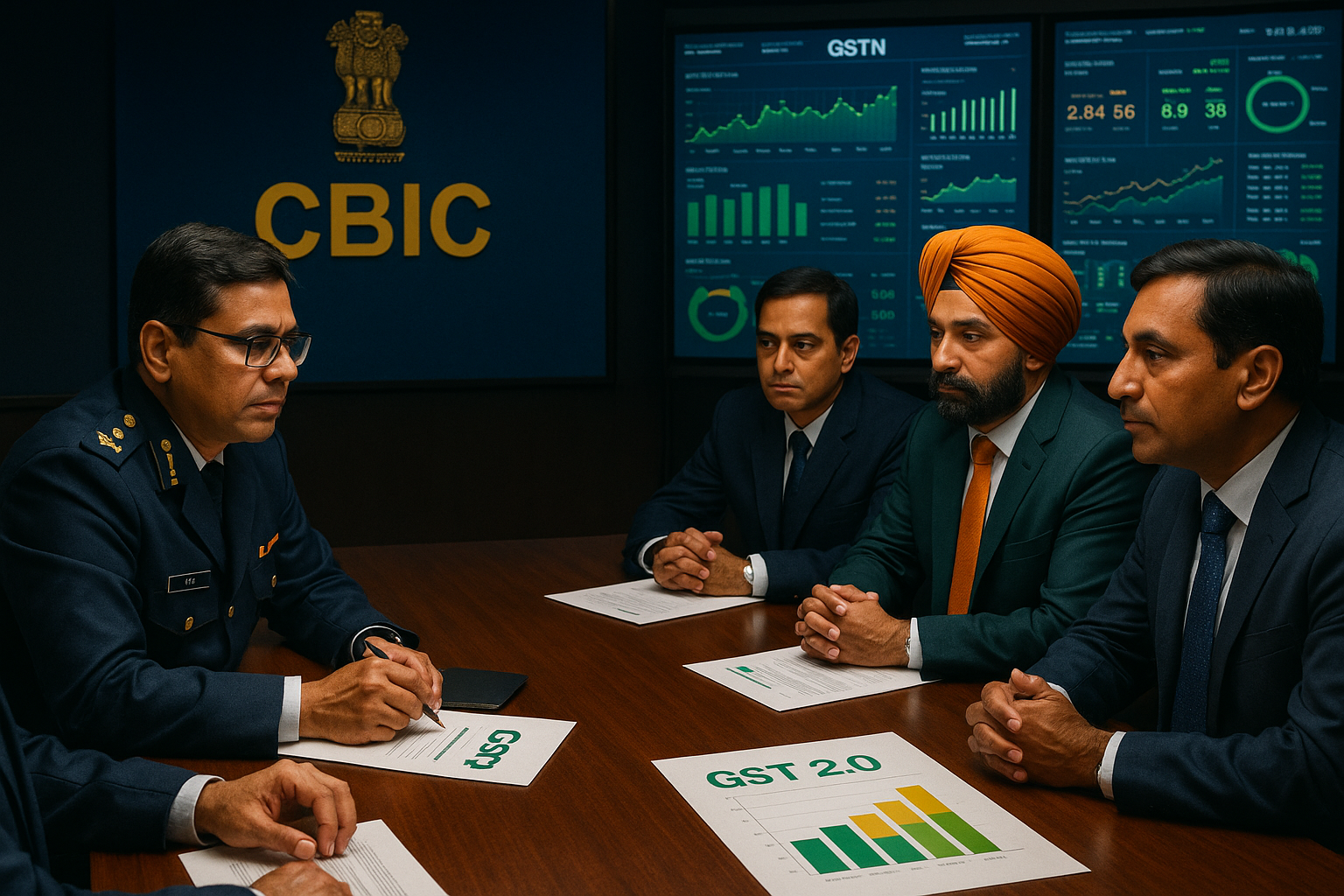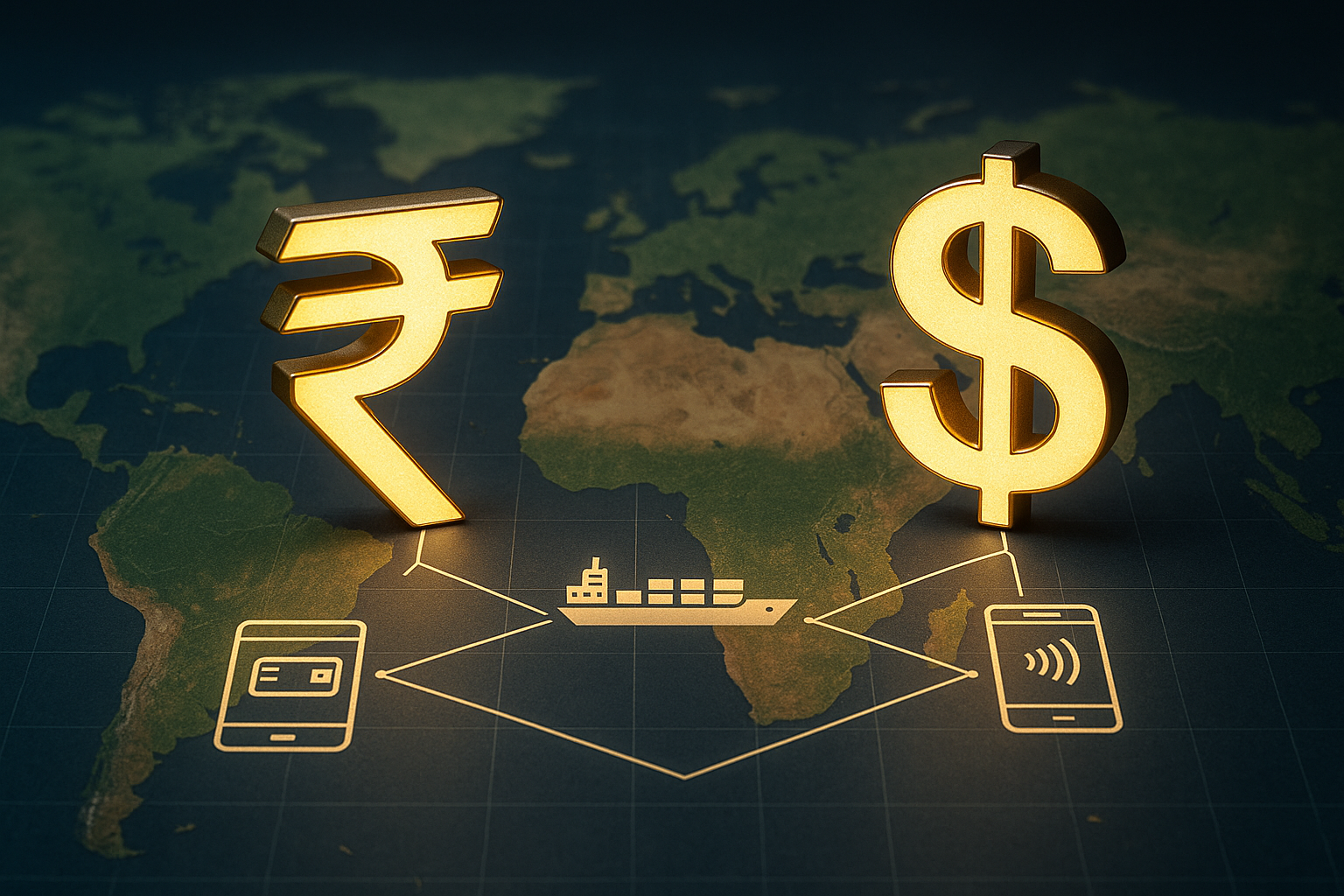In a pivotal move that could reshape the contours of fintech lending in India, Paytm has exited the Digital Lending Guarantee (DLG) model, signaling a deeper strategic shift in its lending philosophy. The development comes amid tightening regulatory norms and changing risk appetites among fintechs and their banking/NBFC partners.
Background
Paytm, operated by One97 Communications, had been using the DLG model—where fintechs partially guarantee loans disbursed by financial institutions—to scale its unsecured loan book. Under DLG, fintechs contribute 5–10% as a first-loss default guarantee (FLDG), sharing credit risk with lenders. This model had gained traction until the RBI raised compliance bars in 2022–23, capping FLDG and emphasizing regulated oversight.
With the business realignment under way, Paytm has now fully stepped back from offering DLG, focusing instead on distribution and merchant payments services, while leaving underwriting and credit risks to regulated lenders.
Risk Breakdown
The move appears prudent in light of:
-
Regulatory pressure: The RBI has discouraged FLDG-based lending due to concerns over non-bank entities taking indirect credit risk without being regulated as lenders.
-
Risk concentration: Fintechs like Paytm had exposure to growing NPAs due to aggressive lending through DLG partnerships.
-
Capital preservation: Exiting DLG frees up cash reserves, improving liquidity and margins in a high-cost environment.
Expert Views
“This is a wise, de-risking move by Paytm, especially given regulatory scrutiny and its own troubled loan portfolios,” said CA Manish Mishra, fintech strategist at CapitalLens Advisory.
“Moving away from DLG allows Paytm to reposition itself as a pure tech enabler rather than a quasi-lender, which will help in long-term regulatory alignment,” added CA Manoj Kumar Singh, partner at FinPolicy Consulting.
Strategic Repositioning
Paytm’s new approach focuses on fee-based revenues from distributing loans on behalf of NBFCs like Clix Capital and Shriram Finance. It is also realigning toward UPI, merchant payments, and value-added services, as part of its broader monetization model.
This comes after regulatory setbacks earlier in 2025, including RBI’s embargo on Paytm Payments Bank operations, which forced a broader rethink of the fintech’s lending footprint.
Market Implications
Paytm’s exit from DLG marks a shift across the fintech lending ecosystem, where many players are now reconsidering their risk-sharing arrangements. The RBI’s call for clear lines of responsibility between regulated and unregulated entities is prompting a retreat from risky models.
Furthermore, the decision may improve investor confidence in Paytm’s new asset-light strategy, especially as it focuses on sustainable revenue in FY26 and beyond.
Conclusion
Paytm’s complete exit from the DLG model is more than just a regulatory response—it represents a strategic pivot toward low-risk, compliance-driven fintech innovation. As other firms evaluate similar transitions, the Indian fintech lending landscape may witness a new era of prudence, sustainability, and tech-led distribution.












